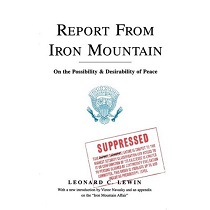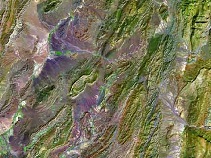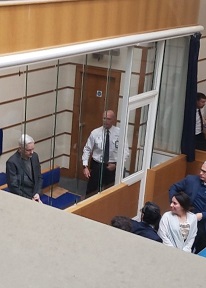Will increased carbon dioxide levels actually benefit planet?
William Happer

Easily spotted by their honeycomb shape, open-cell clouds
are one of the most common cloud formations, found on the
backside of low pressure systems and skirting the edges of
every continent. (Photo/Caption: B. Keim/Wired Science)
Supposed ill effects of more CO2 are from flawed computer models in which water vapour and clouds multiply the modest direct warming by factors of up to 10.
Did the world have just the right concentration of carbon dioxide at the pre-industrial level of 270 parts per million? Reading breathless media reports about CO2 "pollution" and about minimising our "carbon footprints", one might think that the earth cannot have too little CO2. Humans and most other animals would do fine in a world with no atmospheric CO2 - but most plants stop growing if CO2 levels drop much below 150 ppm, so we would starve to death without at least this minimal amount. We are probably better off with our current 390 ppm than with the preindustrial 270 ppm, and we would be better off with still more CO2. For example, there is evidence that California orange groves are about 30 percent more productive today than they were 150 years ago because of the increase of atmospheric CO2.
What atmospheric levels of CO2 would be a direct threat to health? Both the United States Navy and NASA have performed extensive studies of human tolerance to CO2. As a result of these studies, the navy recommends an upper limit of about 8,000 ppm for cruises of 90 days and NASA recommends an upper limit of 5,000 ppm for missions of 1,000 days. We conclude that atmospheric CO2 levels should be above about 150 ppm to avoid harming green plants and below about 5,000 ppm to avoid harming people.
That is a big range, and our atmosphere is much closer to the lower end than the upper end. We were not that far from CO2 anorexia when massive burning of fossil fuels began. At the current rate of burning fossil fuels, we are adding about 2 ppm of CO2 per year to the atmosphere, so getting from our current level of about 390 ppm to 1,000 ppm would take about 300 years—and 1,000 ppm is still less than most plants would prefer, and much less than either the NASA or the navy limit.
Yet there are strident calls to immediately stop further increases in CO2 levels and reduce levels back to the 270 ppm pre-industrial value that was supposedly "the best of all possible worlds". The first reason for limiting CO2 was to fight global warming. Since the predicted warming has failed to be nearly as large as computer models forecasts, the reason was amended to stopping climate change. Sancta simplicitas. Climate change itself has been embarrassingly uneventful, so another rationale for reducing CO2 is now promoted: to stop the supposed increase of extreme climate events like droughts, hurricanes or tornados.
But dispassionate data show that the frequency of extreme events has hardly changed and in some cases has decreased in the 150 years that CO2 levels have increased from 270 ppm to 390 ppm. Other things being equal, doubling the current CO2 level in the atmosphere will increase the surface temperature by about 1 C. This modest warming, together with documented benefits to plant life, would be an overall benefit. The supposed ill effects of more CO2 are from computer models in which water vapour and clouds multiply the modest direct warming by factors of three, four even 10. Observations show no evidence for these large ``positive feedbacks."
In the preface to the first edition of his Extraordinary Popular Delusions and the Madness of Crowds, Charles Mackay wrote: "The object of the author in the following pages has been to collect the most remarkable instances of those moral epidemics which have been excited, sometimes by one cause and sometimes by another, and to show how easily the masses have been led astray, and how imitative and gregarious men are, even in their infatuations and crimes." The contemporary crusade to demonize CO2 has much in common with the medieval crusades Mackay describes - with true believers, opportunists, cynics, money-hungry governments, manipulators of various types and even children's' crusades. The world has more important, real problems to tend to.
___________________________________________________________________________________
■ Nigel Calder, CERN experiment confirms cosmic ray action
■ Henrik Svensmark, Torsten Bondo and Jacob Svensmark,
Cosmic Ray Decreases Affect Atmospheric Aerosols and Clouds
■ Henrik Svensmark, Svensmark: “global warming stopped and a cooling is beginning” – “enjoy global warming while it lasts”
___________________________________________________________________________________
William Happer is professor of physics at Princeton University, in the US, and the author of The Truth About Greenhouse Gases – published by the Global Warming Policy Foundation
___________________________________________________________________________________
Article published here: PS Public Service Europe
URL: http://www.a-w-i-p.com/index.php/2012/03/08/will-increased-carbon-dioxide-levels-act
























